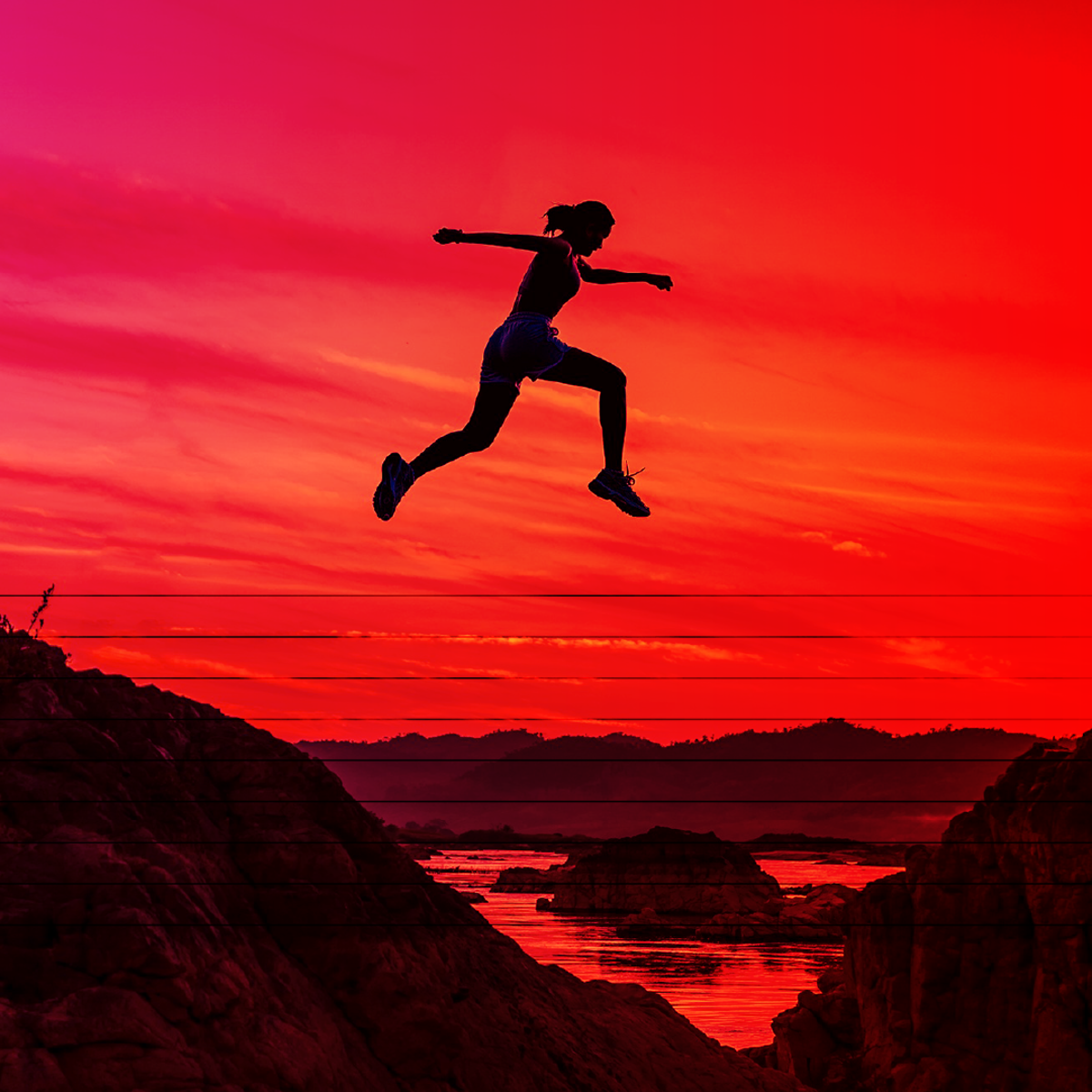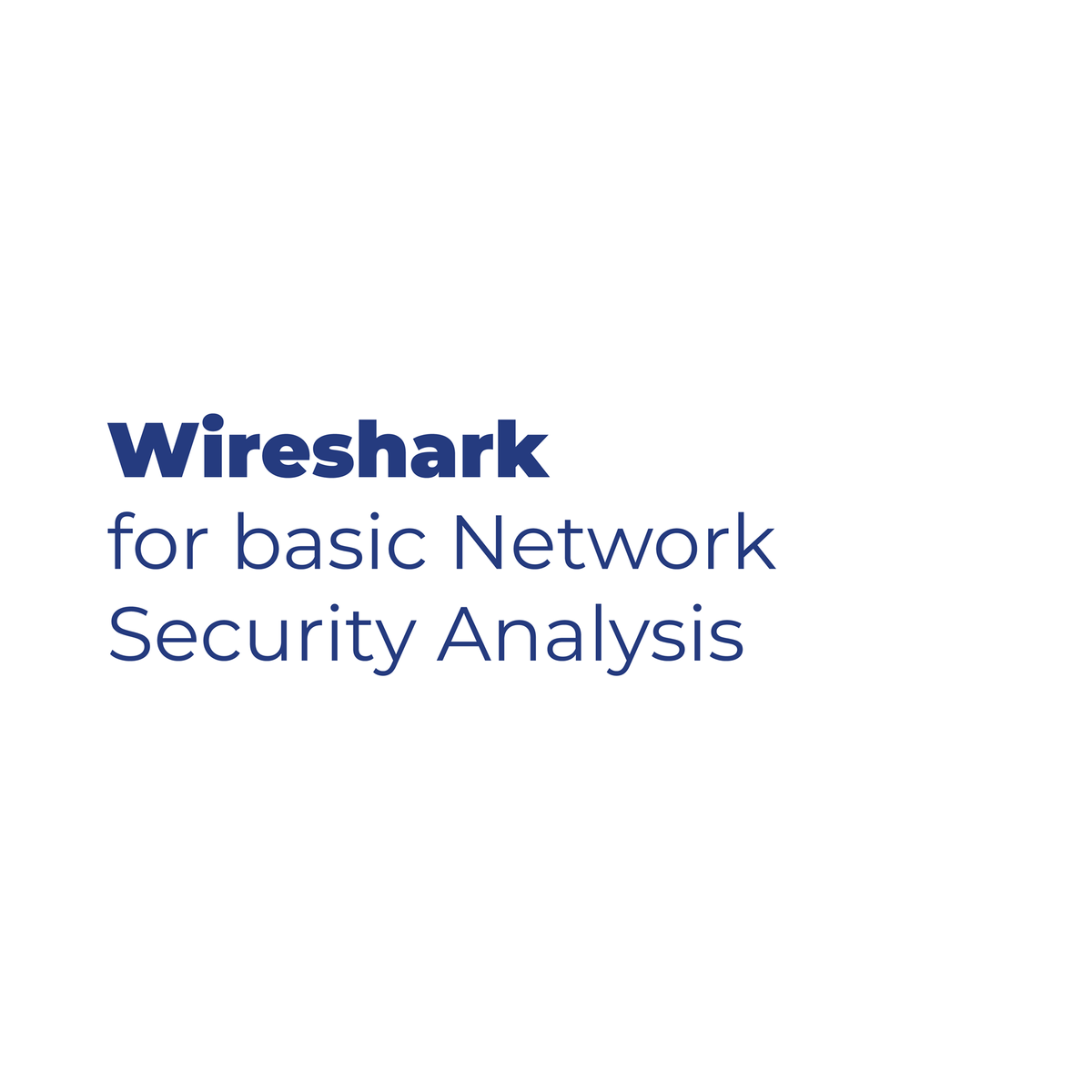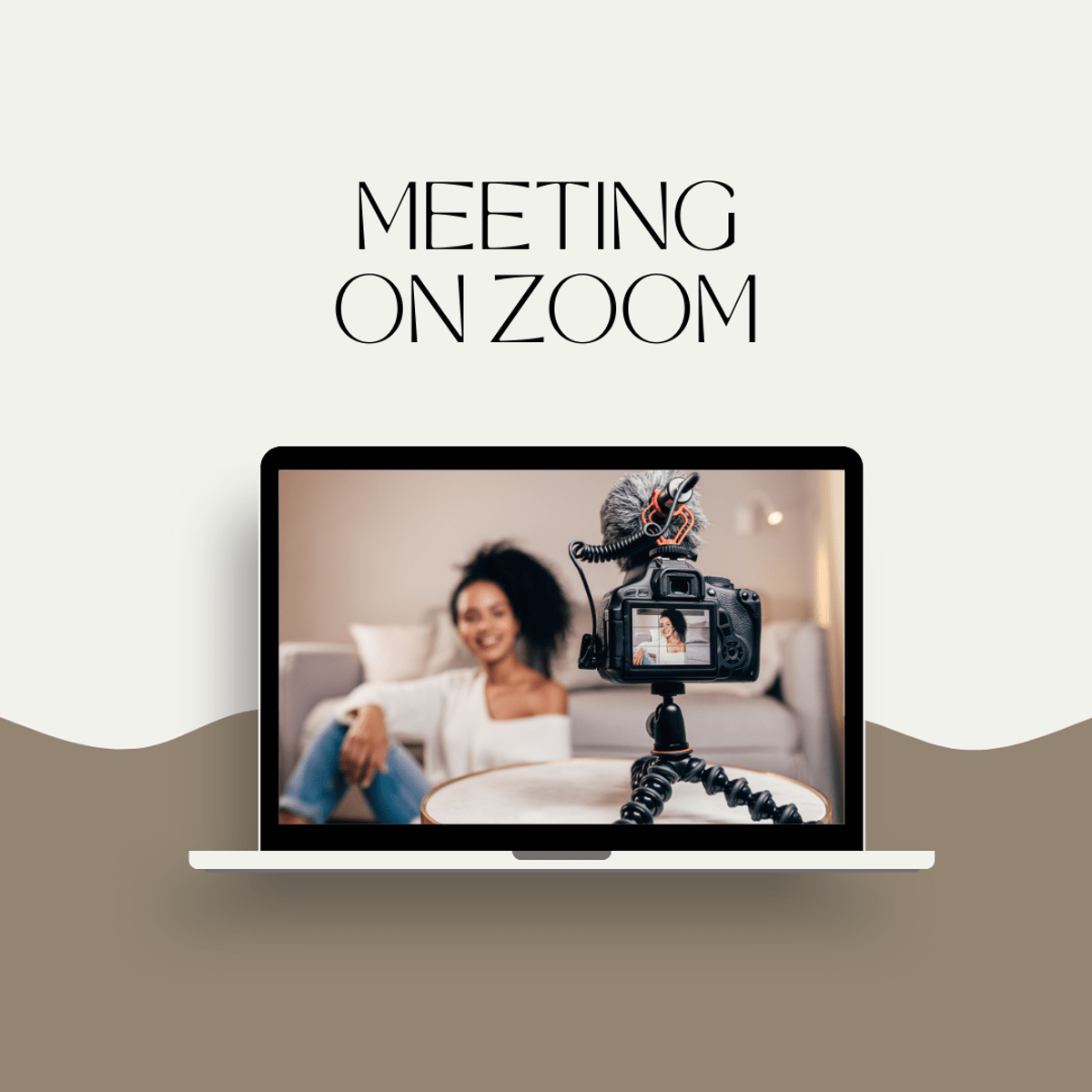Back to Courses









Networking Courses - Page 7
Showing results 61-70 of 135

4G Network Fundamentals
4G is the cutting-edge network technology that links millions of smartphones to the internet. But how does it actually work?
Ideal for network engineers, sales engineers, application developers, and many other telecoms pros, this course will help you to understand the technology behind the apps and devices we use every day.
You’ll get a solid overview of LTE/EPC (Long Term Evolution / Evolved Packet Core) 4G networks, how they work, how the network architecture is designed, and which protocols are used.
First, you’ll gain exposure to the global architecture of the network, how the radio interface works, and how security is guaranteed. Then you’ll dive into the operational side. What is a bearer? How is it quickly configured and released? How does 4G handle millions of terminals that are on the move all the time?
A certificate of completion is awarded by Coursera to learners who achieve a grade above 50%.
This course has received financial support from the Patrick & Lina Drahi Foundation.

Check Point Jump Start: Maestro Hyperscale Network Security
In this course brought to you by industry leader Check Point, they will cover the Maestro Orchestrator initial installation, creation and configuration of security group via the web user interface and SmartConsole features. This course provides a demonstration of the Maestro product. Course will prepare you for their exam, #156-412, at PearsonVUE.

AWS: Publish a NodeJS Website from Scratch
In this project-based course, you will learn how to launch your own server at Amazon AWS Lightsail, configure your own SSH client and upload files to the server. Then, you will learn how to modify the server to access it privately. Further, you will learn how to change the server configuration to have a simple NodeJS game with both a backend and frontend started automatically and its content served through the Apache webserver.
Note: To avoid distraction for setup during the course, we would recommend that you create an Amazon AWS account beforehand.

Palo Alto Networks: VM-Series AutoScale in Google Cloud
This is a self-paced lab that takes place in the Google Cloud console. In this lab you deploy the Palo Alto Networks VM-Series Autoscaling solution for pre-existing Google Cloud environments and Panorama, the centralized security management platform, will make API calls to monitor autoscale events and license mgmnt.

Wireshark for Basic Network Security Analysis
In this 1-hour 30-minutes long project-based course, you will learn how to use Wireshark to capture the Network Traffic you need and analyze it securely. You will have a better understanding of encrypted and unencrypted traffic and how to differentiate between them. You will dig deeply into unencrypted protocols such as RADIUS, HTTP, DNS and Telnet by generating the Traffic of each of them and capturing it yourself. Also you will generate, capture and look into secure and encrypted protocols such as HTTPS and SSH. Additionally, you will learn how to capture HTTPS Traffic and decrypt them by using a pre-master secret key.
Note: This project works best for learners who are based in the North America region. We’re currently working on providing the same experience in other regions.

Security Platforms, IPsec, and Troubleshooting
This course will begin by examining IPsec VPNs and their functionality. You will learn how IPsec VPNs are configured, implemented, and monitored. You will then be introduced to Juniper’s highly flexible SSL VPN application—Juniper Secure Connect—examining its features, configuration, deployment, and monitoring. SRX Series troubleshooting, monitoring, and maintenance will also be examined along with an overview of the different types of SRX Series devices and interfaces.

Cloud Scheduler: Qwik Start
This is a self-paced lab that takes place in the Google Cloud console.
In this lab you'll create a recurring Cloud Scheduler job that specifies a Pub/Sub topic as the job target.

Launch your first online meeting with ZOOM
At the end of this project, you will learn how to use the ZOOM platform to establish online meetings for personal or professional purposes.
This Guided Project is an introduction to ZOOM and is designed for people who want access to an easy-to-use, free, and powerful tool to connect virtually but privately with people anywhere in the world.
ZOOM offers secure access to create, manage or join telephone or video meetings with as many participants as you wish. In addition, ZOOM offers extensive features to animate your meetings, personalize them or make them more interactive. It is also a simple and free platform, accessible by computer, tablet or telephone, which is used by thousands of users around the world.
After completing this project, you will be able to access the platform, select and modify the main features offered and create your own virtual meeting.
This course works best for learners who are based in the North America region. We’re currently working on providing the same experience in other regions.

Introduction to Networks and Cisco Devices
In this 2-hours guided project, you will identify different components such as end devices, intermediary devices, and connection media and simulate network topologies in the Packet Tracer, manage Cisco network devices using telnet, SSH, and Console connections, and secure access to Cisco devices using passwords and password encryption services.
By the end of this project, you will be able to use the Packet Tracer to create network topologies that are like the one you’re seeing on the screen, connect to network devices using telnet, SSH, and Console, and manage basic security settings on Cisco devices.
This project is one of a kind because it teaches foundational computer network skills to learners from a variety of experience levels using entirely simulated experience. In this project, learners will acquire what they need in simulation environments as if they were working on real devices.

Deploy Your Website on Cloud Run
This is a self-paced lab that takes place in the Google Cloud console. In this lab you will deploy a website to Google Kubernetes Engine, scale it out to more instances, then deploy a new version using rolling updates.
Popular Internships and Jobs by Categories
Find Jobs & Internships
Browse
© 2024 BoostGrad | All rights reserved